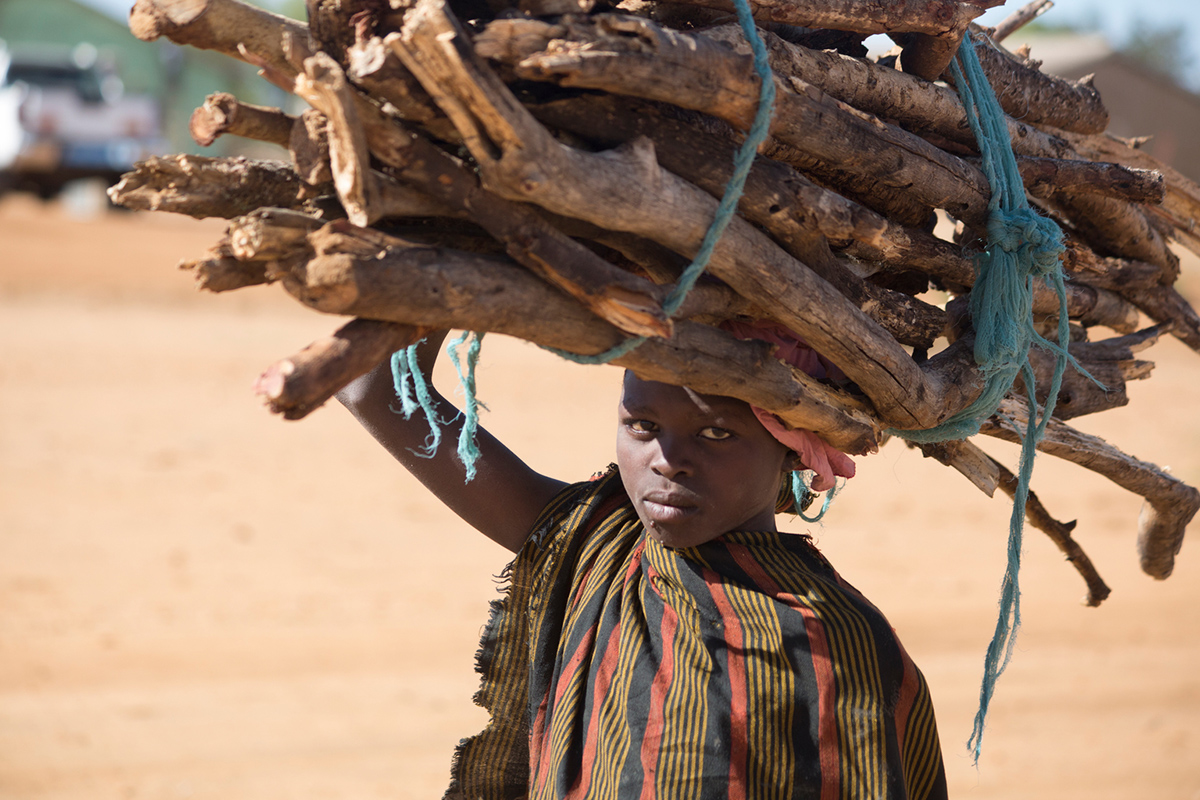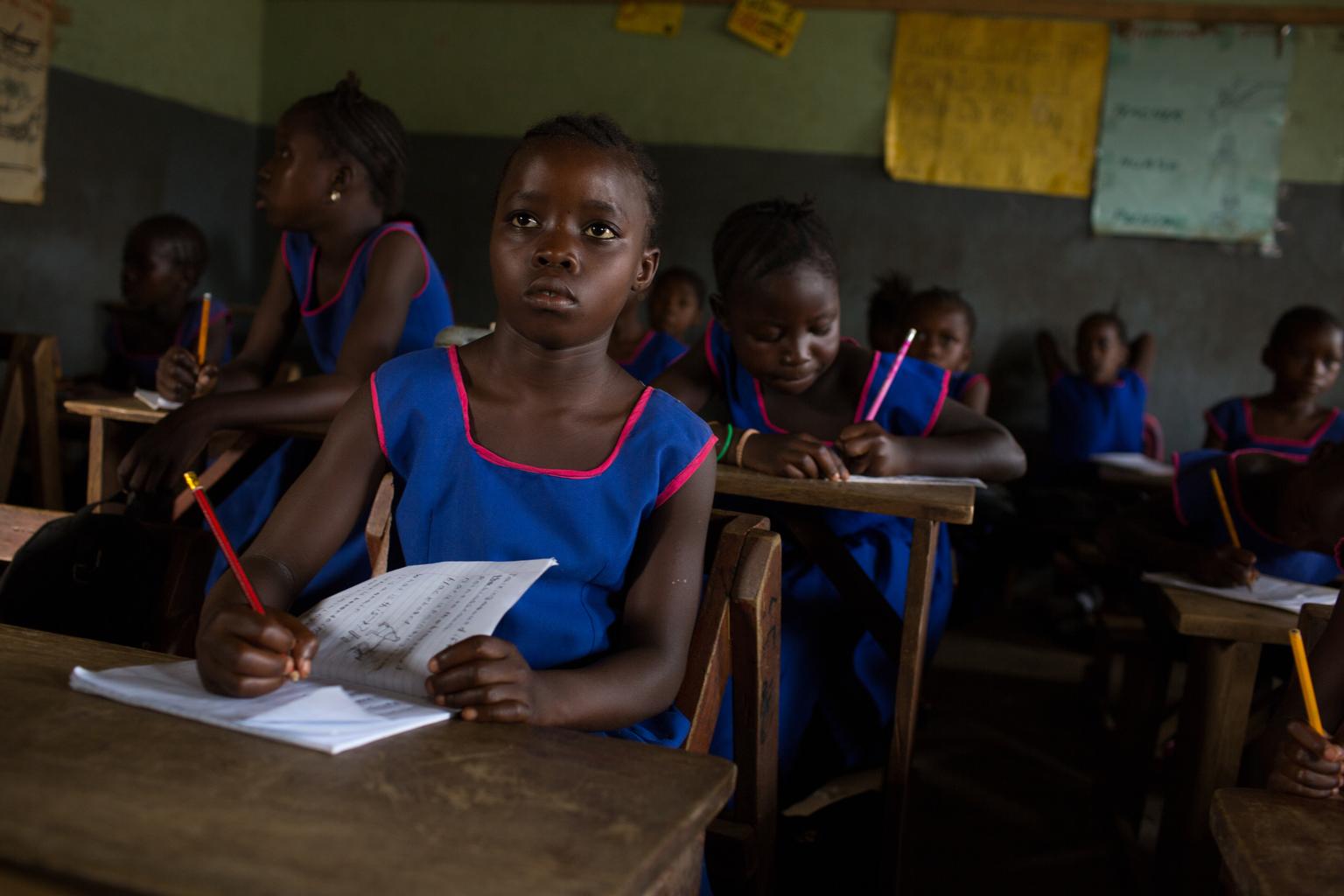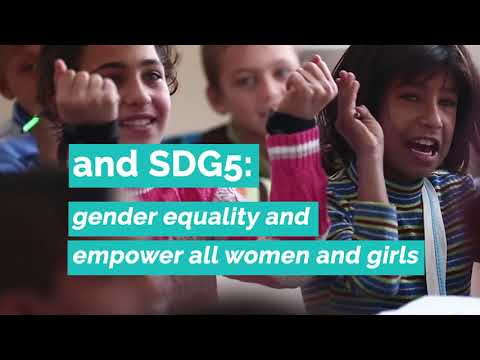
Then, a reality check. Of the 264 million — or one out of five — children and young people out of school globally, more than half are growing up in Commonwealth countries. And, most often, if they make it to school at all, it is girls who are the first to drop out and the first to be failed by the system. Yes, great strides have been made in primary school enrolment, but research suggests a trade-off has occurred of quantity over quality. Put simply: millions of children are going to school, but not learning. In fact, a recent report estimated that 70 million girls (90% of those enrolled) in sub-Saharan Africa will be unable to read by the time they complete primary school. Why then, set such a seemingly unrealistic goal of 12 years of quality education for all girls everywhere? Albeit a laudable aspiration, does it not shift the focus away from the millions who are failed even before they reach secondary school?
While committing to 12 years of quality education for every girl by 2030 may seem to overreach the realms of possibility for those at the extreme margins of society, it is undoubtedly a goal worth striving for. There are chiefly three reasons for this:
1. One vision for all children everywhere
When the world came together to agree upon the Sustainable Development Goals (SDGs) in 2015 it faced a choice: to set the level of ambition at a more achievable level of ‘improvement’, or to paint a bold vision for a world we truly want to live in founded on justice and equality. Happily, it opted for the latter, which, in the context of Goal 4, means 12 years of free, equitable and quality primary and secondary education for every child. Clearly, there is nothing equitable about the accident of birth that too often determines a child’s life chances, but there is an imperative that through education we work to correct this by setting our sights on one vision for all children everywhere.
2. Every girl needs more than a basic education
Armed with an education, girls can achieve great things: start businesses, become health professionals, run schools, and lead countries. However, for a girl to fulfil her potential, she must be assured a minimum of 12 years of education. An education of six years, or even nine, is simply not enough. It is not enough to realise the SDGs, nor is it enough for young women to empower themselves with the knowledge and skills they need to make informed decisions and achieve their own goals. Without 12 years of education the path to further education, professional careers, and, in many cases, economic independence is blocked.
3. Growing evidence of what works is making the goal more real
Yet the harsh reality is that the number of years spent in school does not alone translate to transformative outcomes. For girls, and society at large, to reap the rewards, education must also be inclusive and of <>good quality. As the body of evidence about what works in girls’ education continues to grow, the goal of ensuring every girl can go to, stay in, and succeed at school becomes more real. The road is far from paved, but with continued political momentum, financial investment and coordinated effort, progress towards 12 years of quality education for all girls can be accelerated.

The caveat, however, is that to make good on the promise of 12 years of quality education, the ambition must start with the most vulnerable — marginalised girls, children with disabilities, and out-of-school youth. As research exploring the impact of Camfed’s work in rural Tanzania recently found, when programmes are designed to address the needs of vulnerable girls, they are likely to show the highest returns for all students. “Guided by the principle to leave no one behind”, the CHOGM Communiqué ‘Towards a Common Future’ and associated Girls’ Education Framework aims at just that. With full endorsement from Commonwealth country representatives, action must now match the ambition. Barriers can be broken, bridges built and breakthroughs broadcast to ensure girls get the 12 years of quality education they need. And this, is a vision worth striving for.



 English
English العربية
العربية Български
Български Hrvatski
Hrvatski Čeština
Čeština Dansk
Dansk Nederlands
Nederlands Suomi
Suomi Français
Français Deutsch
Deutsch Ελληνικά
Ελληνικά हिन्दी
हिन्दी Italiano
Italiano Română
Română Русский
Русский Español
Español Maltese
Maltese Zulu
Zulu አማርኛ
አማርኛ